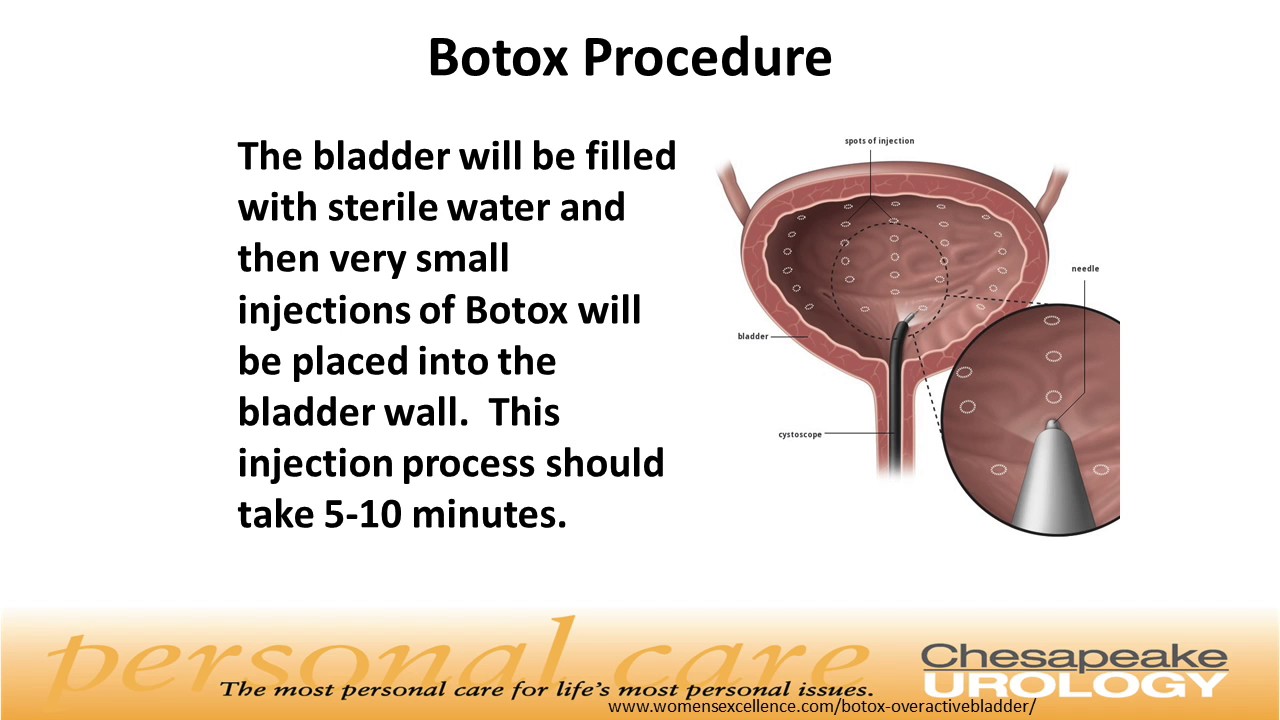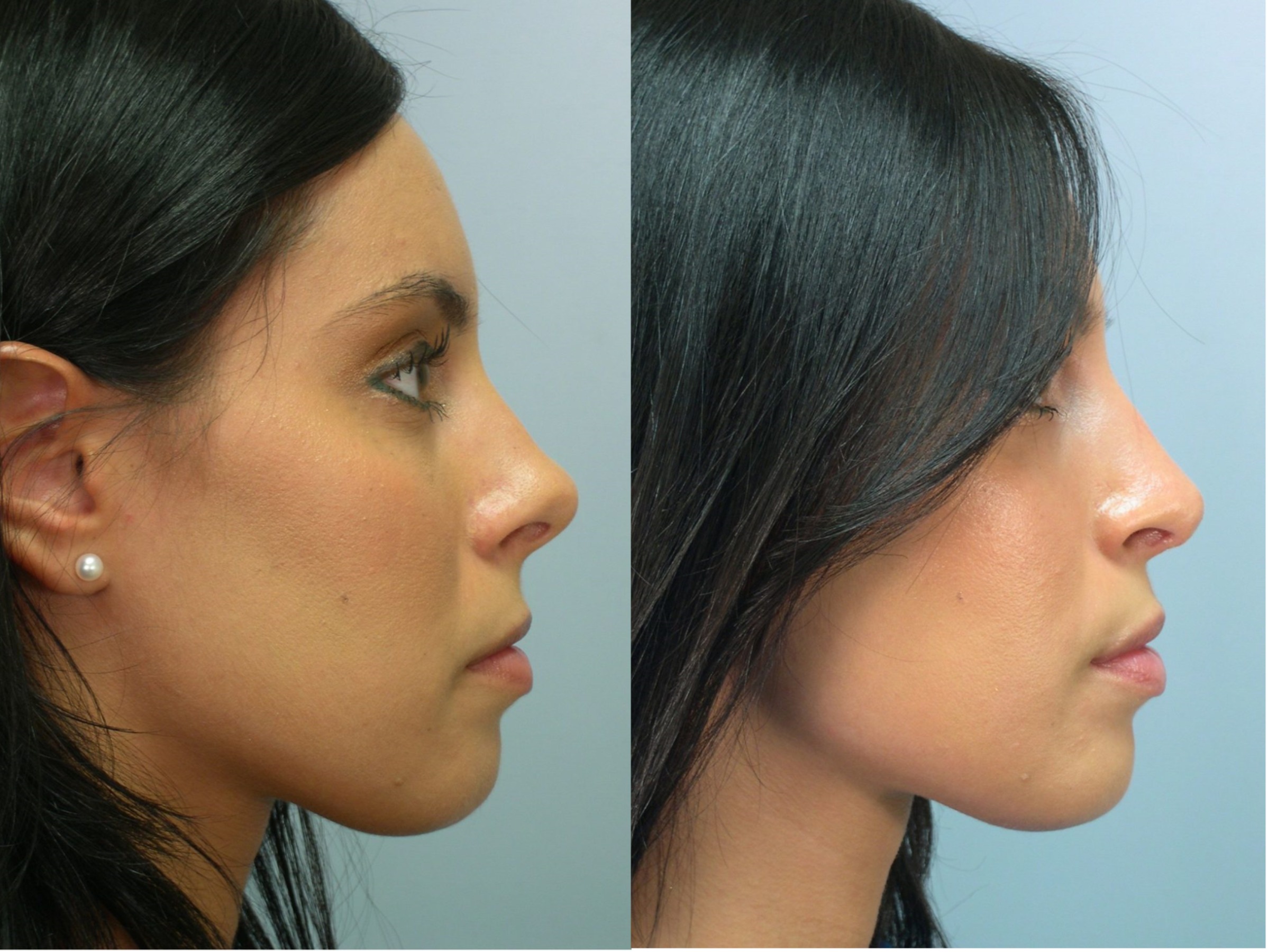
An inframammary is a procedure that augments the breast. The incision is hidden in the crease of the breast and is visible only when the breast is lifted or topless. It is easy to conceal under any bikini. It is compatible for both pre-filled large silicone breast implants and larger ones.
Incision technique
One of the most well-known breast augmentation methods is the inframammary. This technique involves creating a pocket in the breast and inserting the breast implant into it. This type of breast augmentation is very safe. It doesn't affect the nipple and areola. It can be performed on breasts with large implants. This is safe for breastfeeding.
The inframammary surgical incision technique has the advantage of reducing overall surgery time. To insert the small infiltration cannula, the surgeon makes a 3mm stab-shaped incision. To elevate the pocket and promote hemostasis, 150mL of tumescent solutions are injected through the incision.
Criteria for inclusion
Inframammary fold is a crucial landmark in breast surgical. It is used to define ptosis and the inferior border of breast on the chest wall. The fold also provides inferior support for subpectoral implants, an important consideration to avoid implant migration. The fold is also vital for aesthetic and reconstructive procedures.

Participants must be 14 years or older and have excessive inframammary shivering. Patients below 18 years old must be accompanied and signed by a legal representative. Women who are pregnant or breastfeeding are also not eligible. Patients should be aware that participation in the study will not result in any financial incentives.
There are always risks
Inframammary surgeries can be dangerous. Inframammary surgery can cause a double-bubble defect where the breast tissue meets the implant contour. This type of deformity can lead to a number of complications, including breast cancer.
Inframammary incisions are not as effective as those made at the periareolar or circumareolar crease. This is due to the fact that the lower pole of your breast's sensory nerves can be stretched or cut by inframammary surgery. Inframammary incisions are more likely to cause nipple necrosis than periareolar, and can be less attractive.
Disadvantages
The inframammary incision is the most popular type of incision used in plastic surgery. It is easy to use and visible. It also allows direct access to submuscular, subpectoral, and subglandular planes. This incision is less painful and comes with fewer risks. Furthermore, the inframammary approach is also ideal for achieving placement symmetry with minimal scarring.
This type of breast enhancement has its disadvantages. It's not as precise as other surgical methods and the implants can be too high or unevenly placed on the chest. The scars that are left behind may not be as concealable as one might think.

Modified approach
The inframammary fold is an incision that extends from the chest wall to the underlying glandular tissue. Multiple layers of absorbable sutures are used to close the inframammary folded. They extend to the medial as well as lateral edges of your breast. The skin disc then moves toward the center of your breasts, returning it to its original position in the nipple/areolar complex. For closure, we use smaller gauge sutures.
The incision takes place along the inframammary lines, which are far away from the flap’s edge. In certain instances, special devices may be used to harvest flap fabric, such as an instrument with endoscopic capabilities or a retractors fitted with a lighting system.